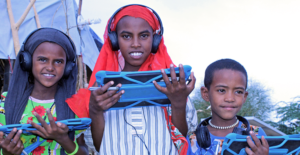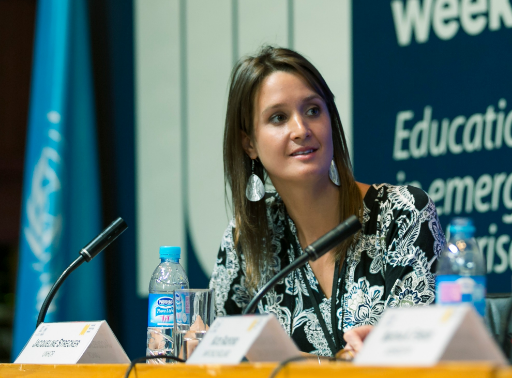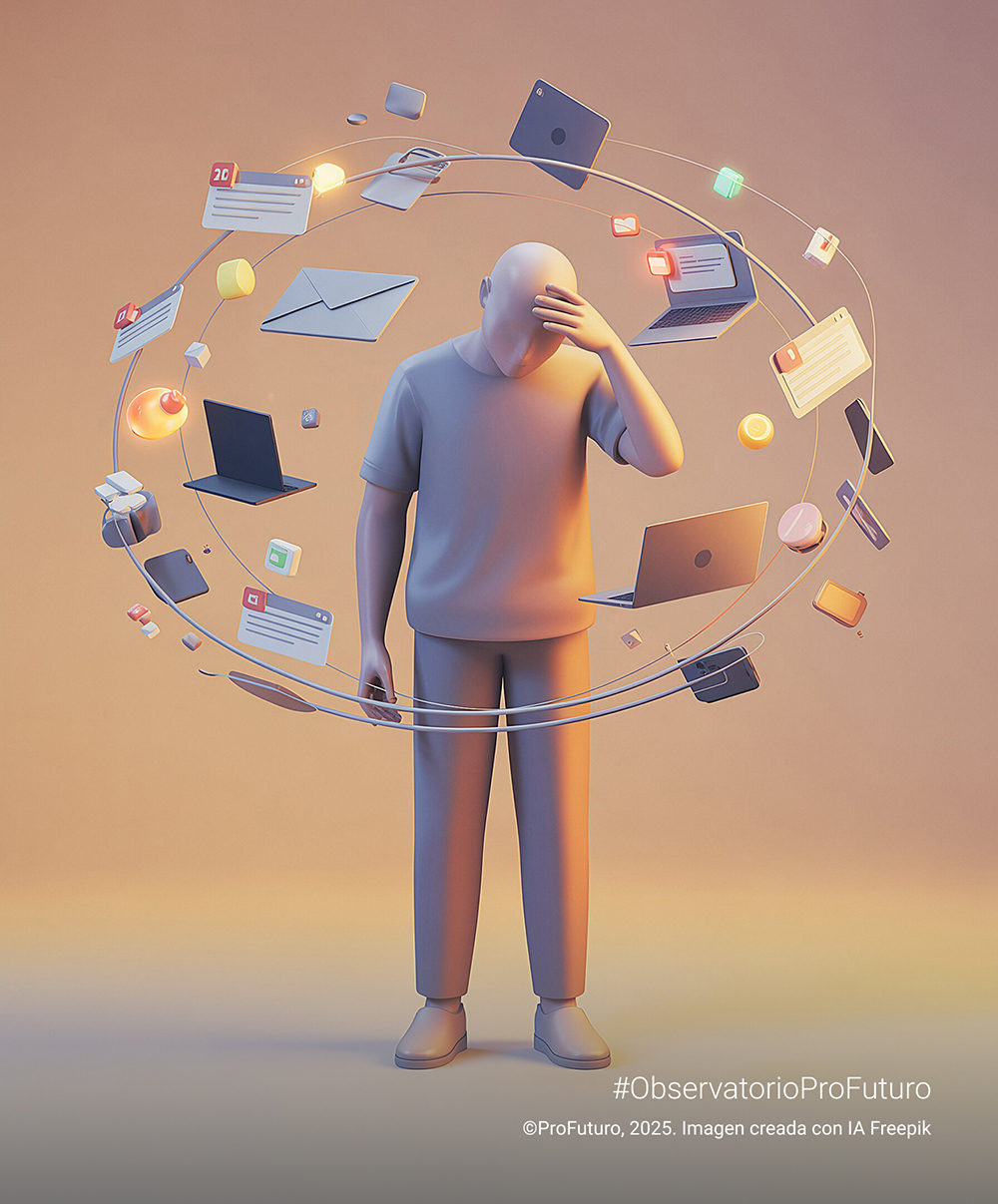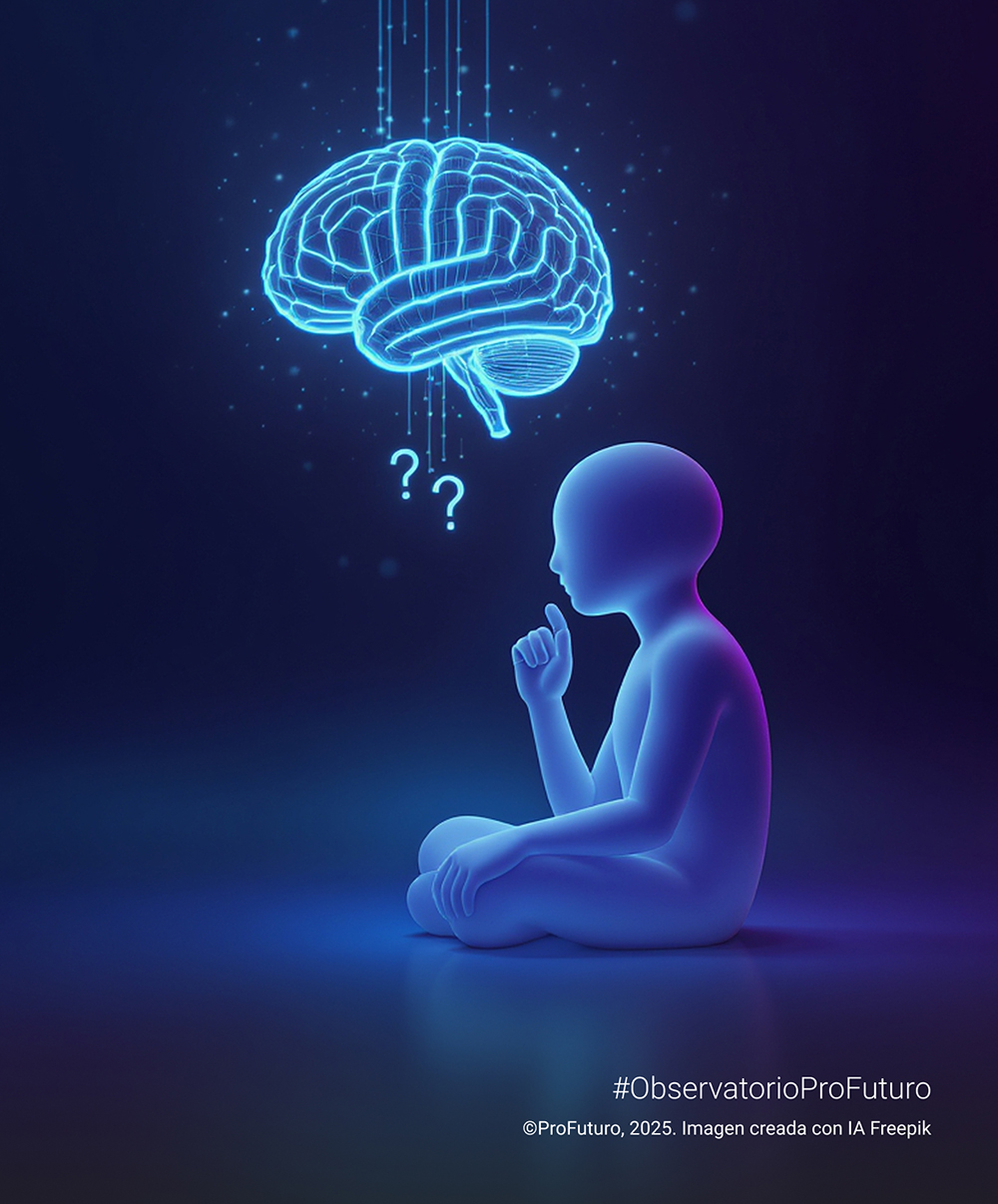Jacqueline Strecker
Connected Education Officer, UNHCR
How has the COVID-19 crisis affected the education of refugee children, and what is UNHCR doing to overcome this situation?
To provide a clear and complete picture of the challenges we face, we must say that, before the pandemic, we already had a large number of children out of school. Pre-COVID, 48% of refugee children were out of school. Whilst we have seen changes and measures taken by governments in response to the pandemic to adapt to e-learning, many children who live in displacement and/or low-resource or refugee-hosting communities have not had the resources or the necessary infrastructure to be able to participate in these initiatives. All of this has greatly limited their learning opportunities and forced actors to think creatively about how we could create or adapt our programs.
UNHCR and its partners have worked intensively with local communities to find solutions that ensure the inclusion of refugee and displaced children and youth within efforts to continue learning during the pandemic. For example, we have strengthened our local network of radio broadcasts, to expand their reach and access. I must also say that, in many cases, we have seen very creative solutions to the challenges being faced. Some teachers have developed their own apps, for example, for exam preparation that have helped students with revision in the lead-up to exams. We have also seen some using resources such as WhatsApp or have created local networks, including small learning groups. We’ve also seen the importance of having a social or psychosocial dimension to the support provided and the need to ensure this is integrated into all approaches to continuous learning.
 What are the main challenges in providing education for refugee children?
What are the main challenges in providing education for refugee children?
This is a critical issue, and we have to know how to approach it. Among the many challenges we face, one of the main elements is ensuring that refugee children are part of the political agenda – at the global, national, and local levels.
First of all, the inclusion of refugee children in the national education systems of the countries that host them is essential and is one of the core objectives of the Global Compact on Refugees. We have to see how we can offer digital resources and programs that promote inclusion and can assist in enhancing quality for all learners. We have seen how in initial pilot initiatives within refugee hosting schools benefits are experienced by the entire community. It is crucial that the whole community can benefit from these programs, but also that these programs are expanded to other locations so that no learner is left behind. That is why we are committed to continuing working with partners and Ministries of Education to improve and scale effective models.
Secondly, it is essential to work with teachers and national ministries to map, adapt and localize the content to the needs of learners, relevant curricula, and contexts. It is also vital to invest in teachers to meaningfully integrate these resources into a classroom. These are areas that usually fall outside the traditional investment, however, they are the key to improving the quality of education. That is why the work of organizations such as ProFuturo, which dedicates time and effort to improving their teaching-learning model. This is important because it builds teachers’ capacity and confidence in utilizing digital resources within the classroom, and providing engaging learning opportunities for students. This can help also create a draw for students when they are returning to school after COVID-related closures. We must create an environment where children feel safe and can go back to school. I have mentioned before that 48% of refugee children and youth before the pandemic were not in school. The situation is worse when it comes to refugee girls: 50% of out-of-school refugee children are girls, many of whom will not be able to return to school. We need to, along with other measures, work to create incentives for return for both students and parents. Introducing these digital tools in the classes can help facilitate the return of these students: boys and girls. These tools can be a motivating factor, for parents also, encouraging them to go back. To foster their return, refugee children must be equipped with the skills to feel part of this new digital society that we are all creating today.
 How can digital education help refugee children?
How can digital education help refugee children?
Digital education helps us to broaden students’ understanding of the world – including what they think may be possible. In colleges or schools in Africa, for example, I have seen this. When I have been with groups of primary students, children who perhaps had never seen the sea: they had studied it at school but had never seen it. Watching videos of the sea helped to bring to light how diverse the world’s landscape is, helping to transport them to places outside of their immediate community. Being able to access digital content allows children to be exposed to places or things that they might not otherwise have the opportunity to experience. This is important all over the world: to have the opportunity to see, and engage with new perspectives, places, and experiences, to share all of this is vital. Access to the internet and local content servers can help make this possible. And having access to this education around the world is very important. And it is what we try to do.
Education is often noted as a passport to the future, and bringing digital resources to low-resource locations can assist in transforming learning. We are working together with communities to open possibilities for future generations, for the world’s next leaders, and opening the door to this increasingly digitized society. And for this, building digital inclusion and literacy is key. During the COVID-19 pandemic, we have seen the extent to which we depend on connectivity, on digital. In today’s world, we need to have all these new forms of employment, and it is also imperative to offer all these skills, to train all students to foster these skills. That’s why I think programs like this are necessary. We all have a responsibility to ensure future generations have the skills and knowledge required to help foster a more educated and equitable world, and that starts with ensuring all children can access relevant and quality learning opportunities.
REFERENCES:
UNHCR. (2021). UNHCR’s Global Trends: Forced Displacement in 2020






